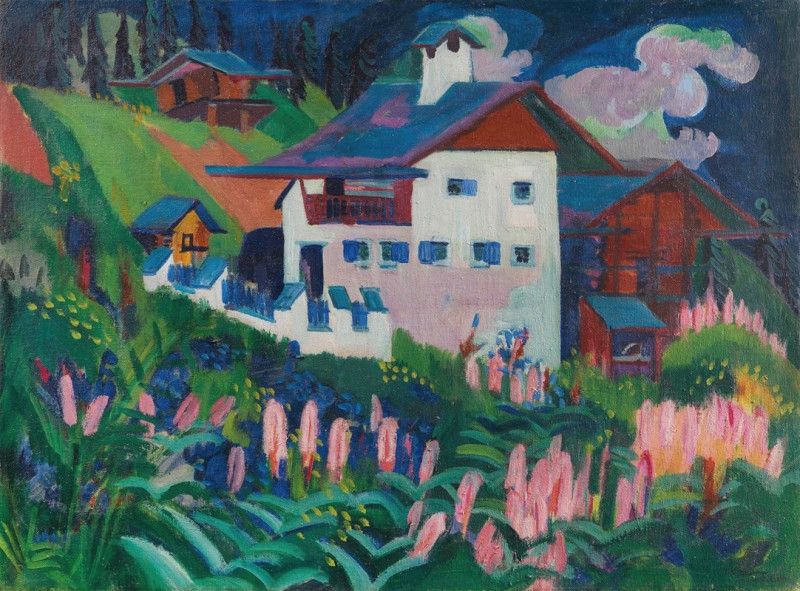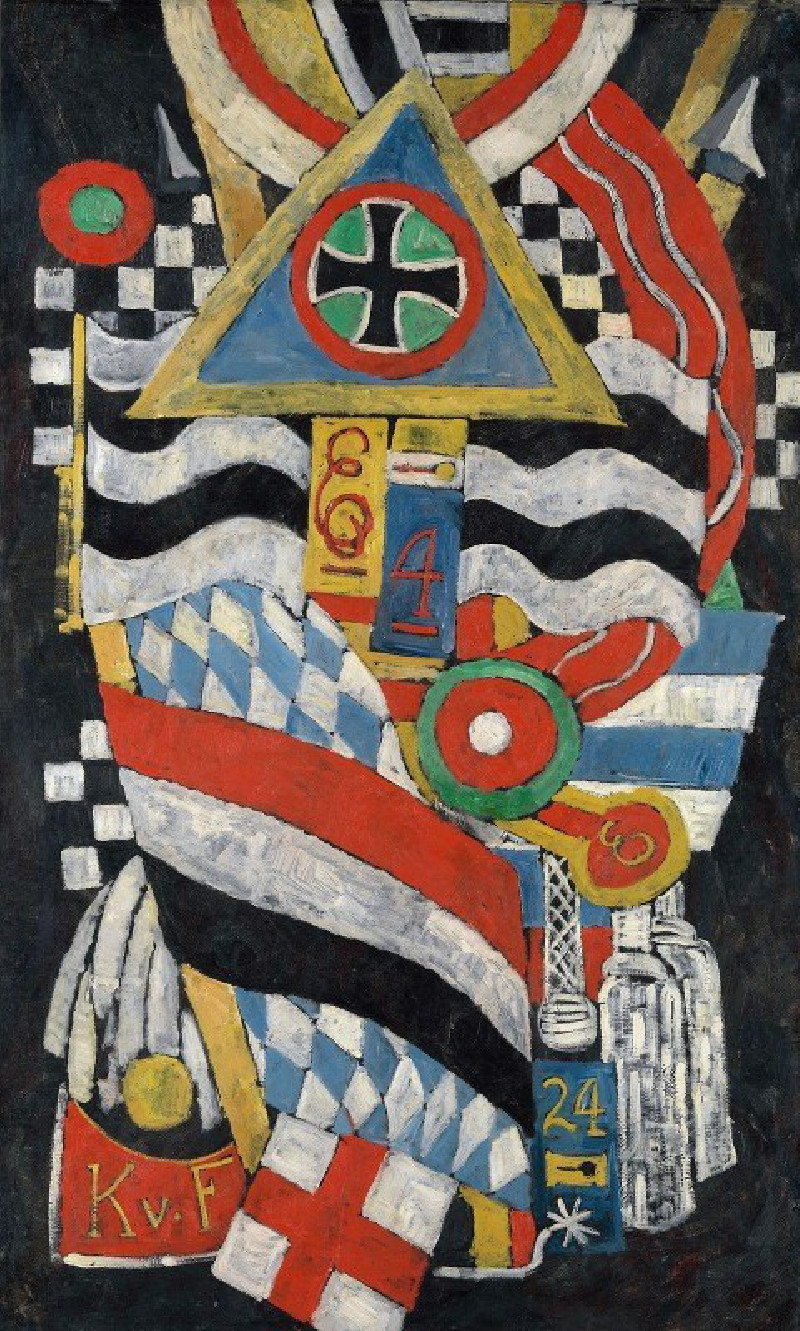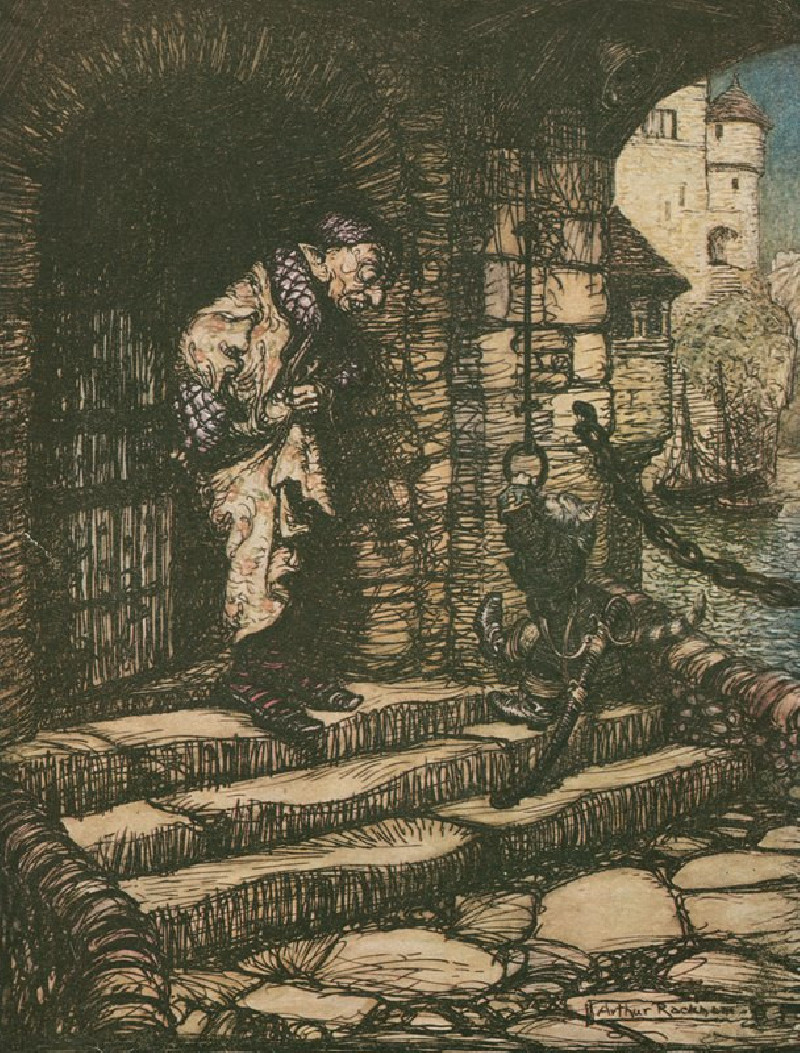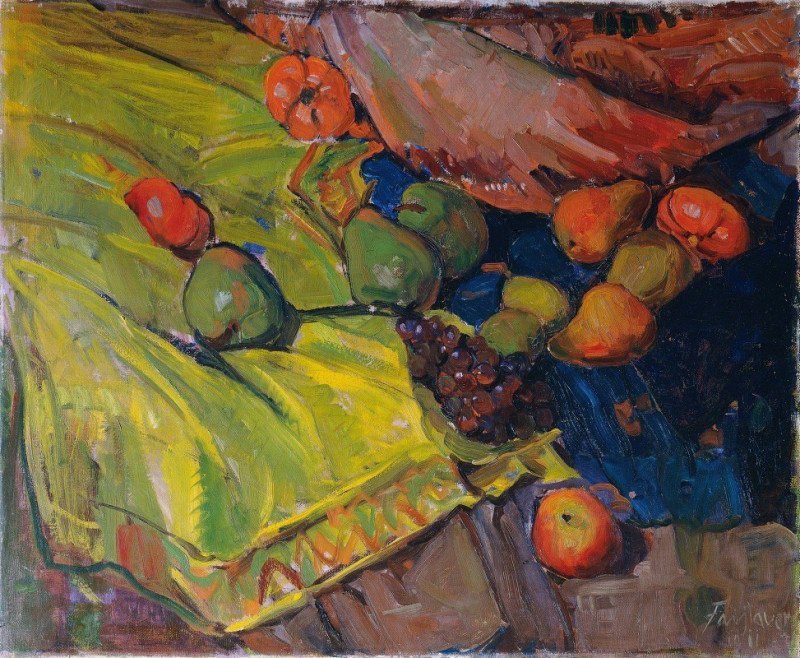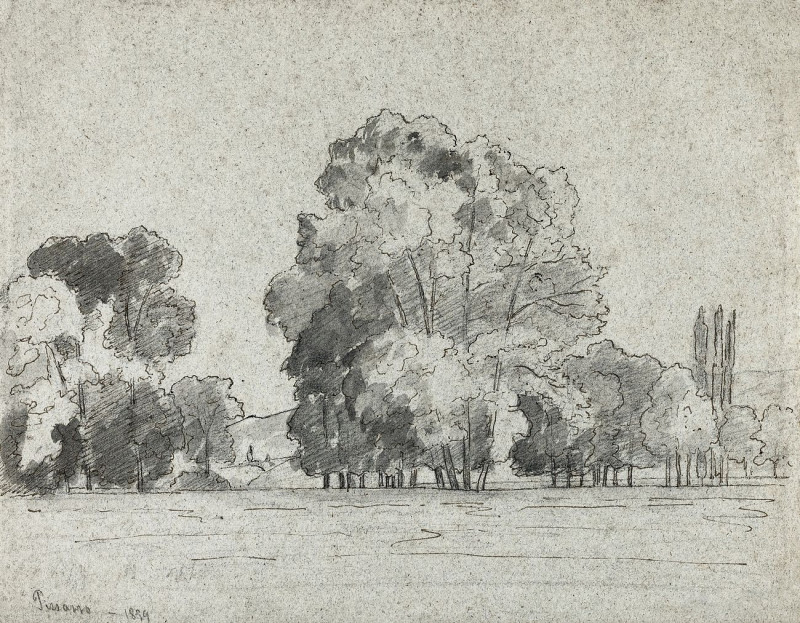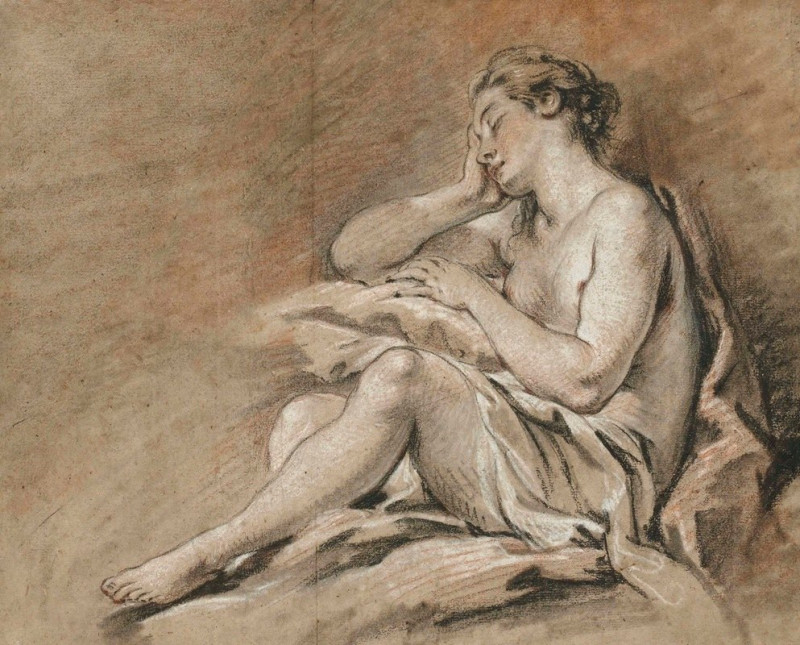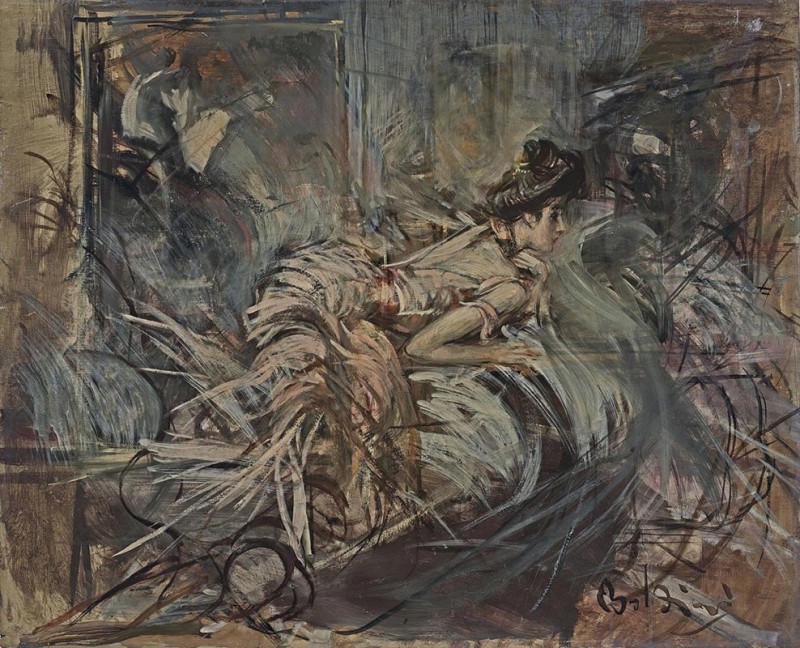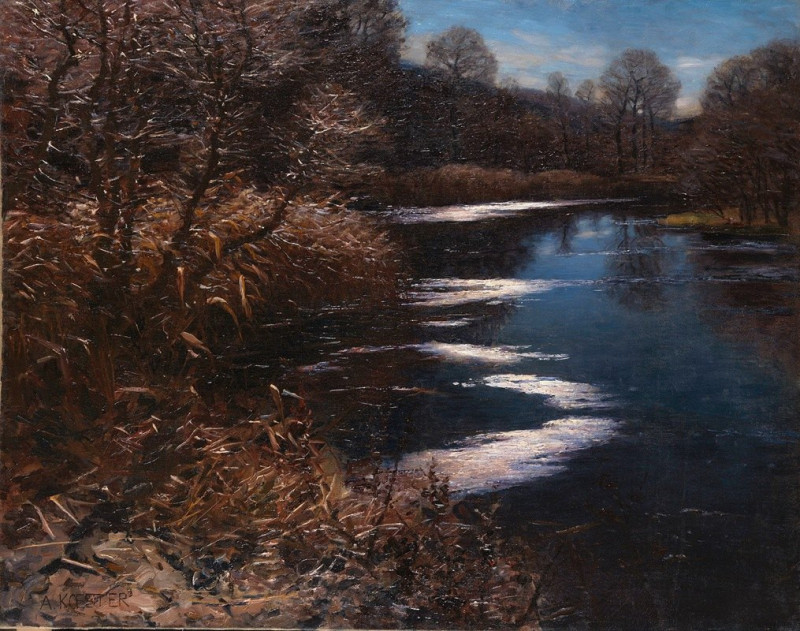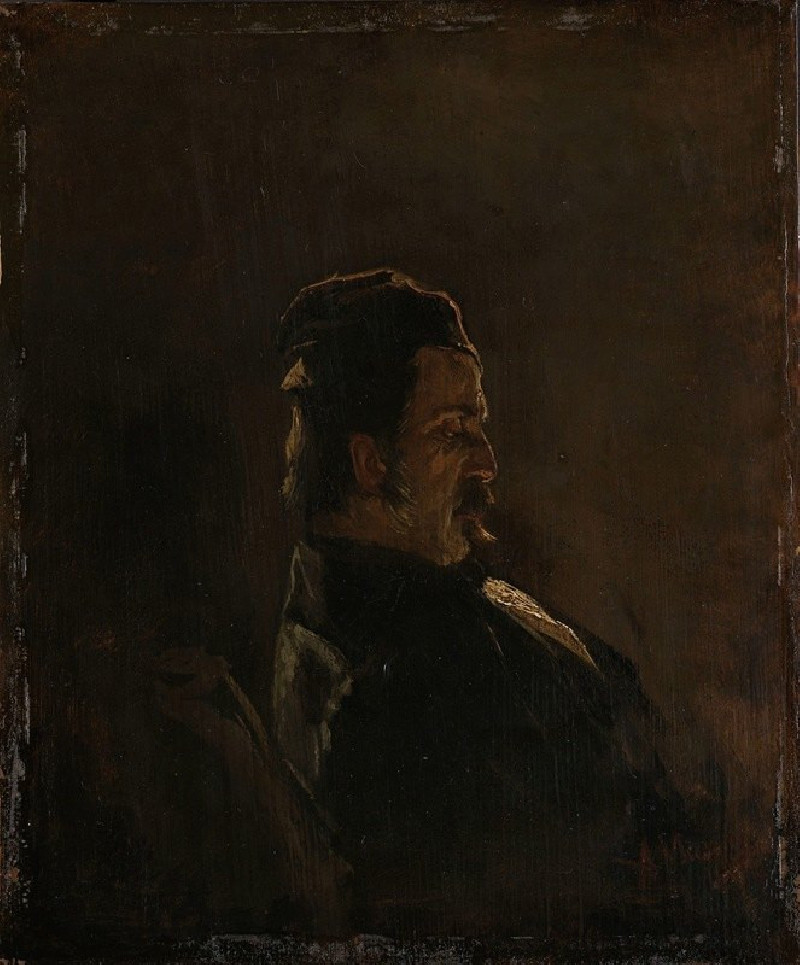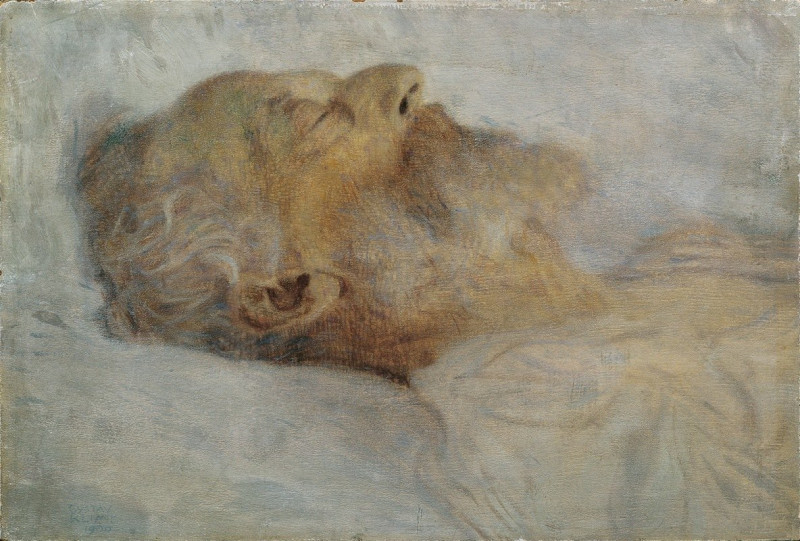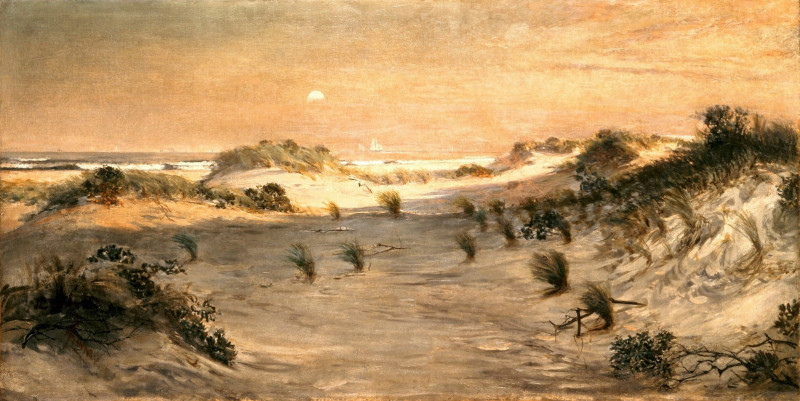Unser Haus (1918-1922)
Technique: Giclée quality print
Recommended by our customers
More about this artwork
In "Unser Haus," painted by Ernst Ludwig Kirchner between 1918 and 1922, viewers are enveloped in a vivid and colorful portrayal of a serene mountain landscape—a subject found in many of Kirchner’s works after he moved to the Swiss Alps for health reasons. This artwork is particularly striking for its bold use of color and form, typical of Kirchner's expressionist style.The painting displays a cluster of rustic alpine buildings nestled among lush green hills. The houses, rendered in patches of white, pink, and blue, contrast sharply against the darker tones of their roofs and the surrounding verdure. The foreground of the composition is dominated by a lively garden. Bright pink and red flowers punctuate the rich greenery, drawing the viewer's eye with their intense hues and simplistic, almost abstract, shapes.Kirchner’s technique of applying paint in dynamic, gestural strokes creates a sense of immediacy and vibrancy. The sky, depicted in swirls of blue and violet, adds a dreamlike quality to the scene, suggesting the sublime beauty of the natural world as well as its deeper, more tumultuous emotional undertones."Unser Haus" not only reflects Kirchner's personal retreat into the mountains but also exemplifies his ongoing experimentation with color and texture to convey feelings and atmosphere rather than realistic details.
Delivery
Returns
Ernst Ludwig Kirchner (1880–1938) was one of the most important German Expressionist painters. He was a co-founder of Die Brücke, a group of German expressionist artists formed in Dresden in 1905. Die Brücke and Kirchner took inspiration from Vincent Van Gogh and Edvard Munch, as well as African and Oceanic art. They used woodblock printing as a medium to showcase their signature style: flat, unrealistic images with vivid colors. The recurring themes in Kirchner's artworks included exotic cultures, faraway landscapes, self-portraits, dancers and Berlin street life. His paintings and prints effectively portrayed non-European cultures despite the fact that he never traveled outside of Europe.

